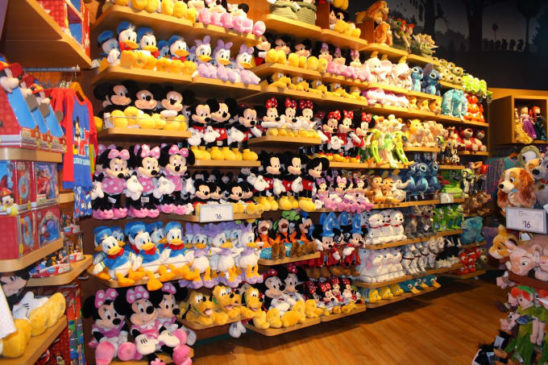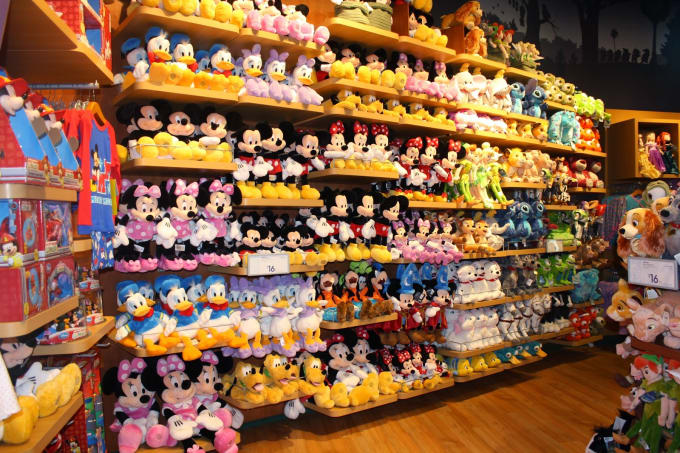
Licensing and Merchandising industry is witnessing exponential growth in India, which is bound to grow manifold in the times to come. Gone are those days, when merchandising was a thing of the western countries. In the recent era, licensing has infused our lives. Be it Marvel Avengers or Game of Thrones – e-commerce scenario in India is changing, something that was unthinkable years ago.
Recently, ahead of the IPL, the world’s most powerful Super Heroes – Marvel’s Avengers, and Kolkata Knight Riders (KKR), a team known for the most passionate fans collaborates to bring a special edition merchandise range.
While, there are so many news of merchandising industry coming up every day, it’s better to understand the whole concept.
What is Merchandise?
Licensable merchandise is any consumer product on which an image or text can be affixed. In general, merchandise has some utility or function, for example a T-shirt or ceramic cup. Below is a list of products that are commonly the subject of merchandise licenses. However, there are no limitations on what can be merchandise; artwork can be placed on anything that can be reproduced.
What is merchandise licensing?
In a merchandise license transaction, an artist, designer, trademark owner or celebrity (the licensor) grants a license to a manufacturer or retailer (the licensee) to manufacture and sell articles of merchandise which use the property that is the subject of the license, in exchange for a royalty from sales of those articles of merchandise. Typical licensed properties include artwork, characters, trademarks, celebrity names and likenesses, and book, TV and movie titles. Licensed merchandise may include clothing, greeting cards, toys, games, housewares, jewelry, dinnerware, cosmetics and collectibles.
However, there are no limitations on what can be merchandise; artwork can be placed on anything that can be reproduced.
What would happen in case of termination?
Termination can cause great expense for both parties including the loss of income for the licensor and the loss of a substantial investment for the licensee.
Alternatives to licensing:
- To purchase the copyright in the artwork
- Hire an artist, photographer or musician to create the material and acquire ownership under a work made for hire agreement.
Most merchandise licenses are for artwork or photographs. However, text and music are also licensed in connection with merchandise.
Different types of copyrighted materials used on merchandises:
Using art on merchandise:
Using art on merchandise generally consists of using an artistic image such as a drawing or painting on items you plan to sell. If the image is in the public domain, such as the Mona Lisa, no permission is required. However, if the artwork is labeled “copyright-free,” you will need to review the license or agreement.
Agreements for the use of art on merchandise are sometimes called “art licenses” or “design licenses. However, it is essential to remember that don’t change the basic character of the agreement as a merchandise license.
Using music on merchandise:
Most songs used on merchandise are not copied directly from an existing recording; instead, they are re-recorded in order to be embedded on a computer chip. Since the recording of the song isn’t being used, permission is not needed from the record company. Similarly, if lyrics will be reprinted on merchandise but no recording will be reproduced, permission is required from the music publisher, not the record company.
Using trademarks on merchandise:
A trademark is any word, photograph or symbol that is used to identify a business’s products or service. Trademarks are commonly licensed for merchandise on fashion accessories – be it shoes, mobile covers or apparel. You can easily spot the famous word “Buzzinga! (crafted in Big Bang Theory) in mobile covers or cases.
Using fictional characters on merchandise:
Fictional characters include characters from books, television or movies such as Joey (FRIENDS), Harry Potter or Khaleesi (Game of Thrones). The rules for licensing characters may change if a real person has portrayed the character.
Using celebrities on merchandise:
Character licensing involves overlapping trademark, copyright and design patent laws. These types of licenses are often handled by special licensing agencies that represent trademark owners, fictional characters and celebrities, which require knowledge of trademark law or the right of publicity.
Using short phrases on merchandise:
Merchandise, by its nature, can generally only accommodate small amounts of text. Since copyright law does not protect short phrases, most of the text used on merchandise–for example, “Aao Kabhi Haveli Pe” can be used without permission.
Modes of Payment:
Royalty rates for merchandise licensing vary depending on the merchandise involved. Below are some royalty estimates (Data compiled from Intellectual Property):
- Greeting cards and gift wrap—2% to 5%
- Household (cups, sheets, towels)—3% to 8%
- Fabrics, Apparel (T-shirts, caps, etc.) decals, bumper stickers—5% to 10%
- Posters and prints—10% or more
Most licensing deals last from 1 to 3 years and will be renewed or canceled depending on how well the deal is working out for you and them.
To know, how you can license your artworks, CLICK HERE



